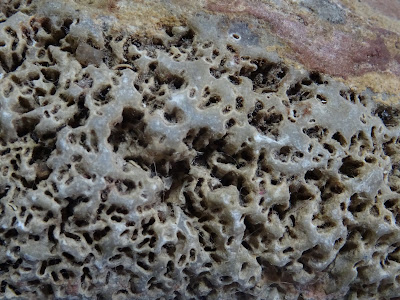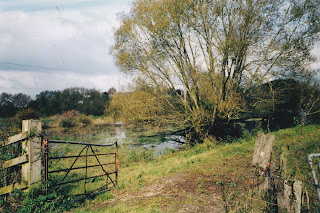Blogtober 31 - Honeycomb erosion
What is it?
A commonly seen and interesting weathering of rocks causing cavities which leaves a honeycomb or lacy structure particularly in sandstone or granite rocks.
Which rocks are affected?
It can affect bedrock, cliffs and buildings in high salt environments.
How does it happen?
Frequent wetting/drying cycles lead to deposits of salt crystals on the rock which then evaporate leaving behind a cavity. Wind will exacerbate the drying.
Is it just salt that causes it?
Although scientists have been able to replicate this erosion there is still a lot of uncertainty about the exact processes. It appears to be caused by a combination of salt weathering, wet/dry cycles, pressure and temperature variation.
Where else can it happen?
This process has been witnessed in rocks and buildings in many high salt areas including the Nevada desert, Antartica and even on Mars.










Comments
Post a Comment